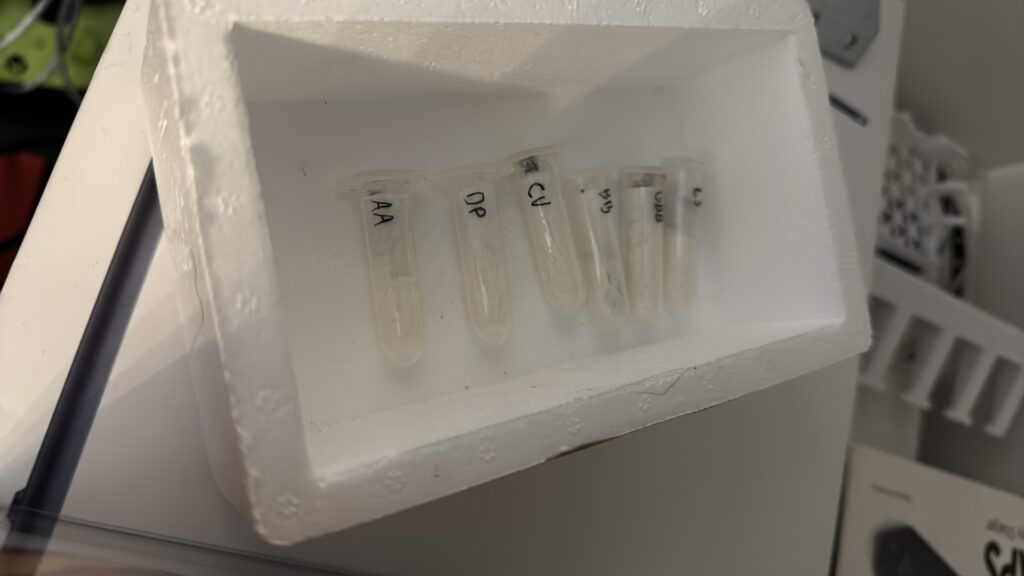
This is my return to the tarantula-keeping hobby. While larger tarantulas might seem more exciting, raising them from slings is what I truly enjoy. There’s something special about watching them grow and transform, making the journey just as rewarding as the destination.
The Good.
Watching Them Grow
One of the best parts of keeping slings is seeing their transformation. Most slings look remarkably similar in their L1 stage (first instar), but with every molt, they reveal new colors, patterns, or other details that weren’t there before. Watching them slowly evolve into their adult forms is fascinating and incredibly rewarding.
The Male/Female Lottery
At this stage, gender identification is impossible, so buying slings is like playing a lottery. If you’re a breeder, this can be a downside since male tarantulas often have shorter lifespans and less value in breeding. But for hobbyists like me, it’s part of the thrill. Waiting for each molt and analyzing it to determine the gender adds an element of discovery to the process.
Affordability
Slings are the cheapest way to get into the tarantula hobby. Juveniles and subadults are significantly more expensive, and adult females can cost a fortune. With slings, you can acquire rare or pricey species for a fraction of the cost, making it a great option for hobbyists looking to build a diverse collection.
Space Efficiency
Slings don’t need much space. While some hobbyists go for elaborate setups, slings can thrive in something as small as a 100ml plastic jar. This makes them ideal for keepers with limited space. However, don’t go overboard—these little ones grow fast, and too many slings can quickly become too many adults!
The Bad

High Maintenance in Small Enclosures
Small terrariums are harder to maintain. In larger enclosures, you can create self-regulating bioactive setups with plants, drainage layers, springtails, and isopods. These systems practically manage themselves. In a 100ml container, this isn’t feasible. You’ll have to manually monitor and adjust humidity and temperature, making it more labor-intensive.
Feeding Challenges
Finding food for slings can be tricky. Most feeders, like crickets, grow much faster than your slings. While adult tarantulas only need to eat once a month, slings often require food weekly. This means keeping a constant supply of appropriately sized feeders, which can be a hassle when small crickets or fruit flies quickly grow too large.
Sensitivity to Environment
Slings are far more delicate than their adult counterparts. Their tiny size means they dehydrate quickly if humidity drops too low. Sudden temperature changes can also affect them more severely. Raising slings requires meticulous attention to their environmental needs to keep them thriving.
The Ugly
There’s no real “ugly” part of raising slings—I just wanted the catchy title! However, if I had to name a downside, it’s that they’re hard to show off. Their tiny size and tight enclosures make it nearly impossible to take good photos, at least for me. If anyone knows how to take great sling photos without disturbing them too much, please let me know in the comments!
Conclusion
Raising slings is not for everyone. They’re delicate, require more frequent feeding, and are harder to manage in small enclosures. But I believe that the challenges are worth it. Watching a tiny sling transform into a stunning adult tarantula is an incredible experience that makes every effort worthwhile. Whether you’re just starting out or looking to expand your collection, slings are an affordable and rewarding way to enjoy this fascinating hobby.
What’s your experience with slings? Do you love the process, or do you prefer starting with juveniles or adults? Let me know your thoughts!
